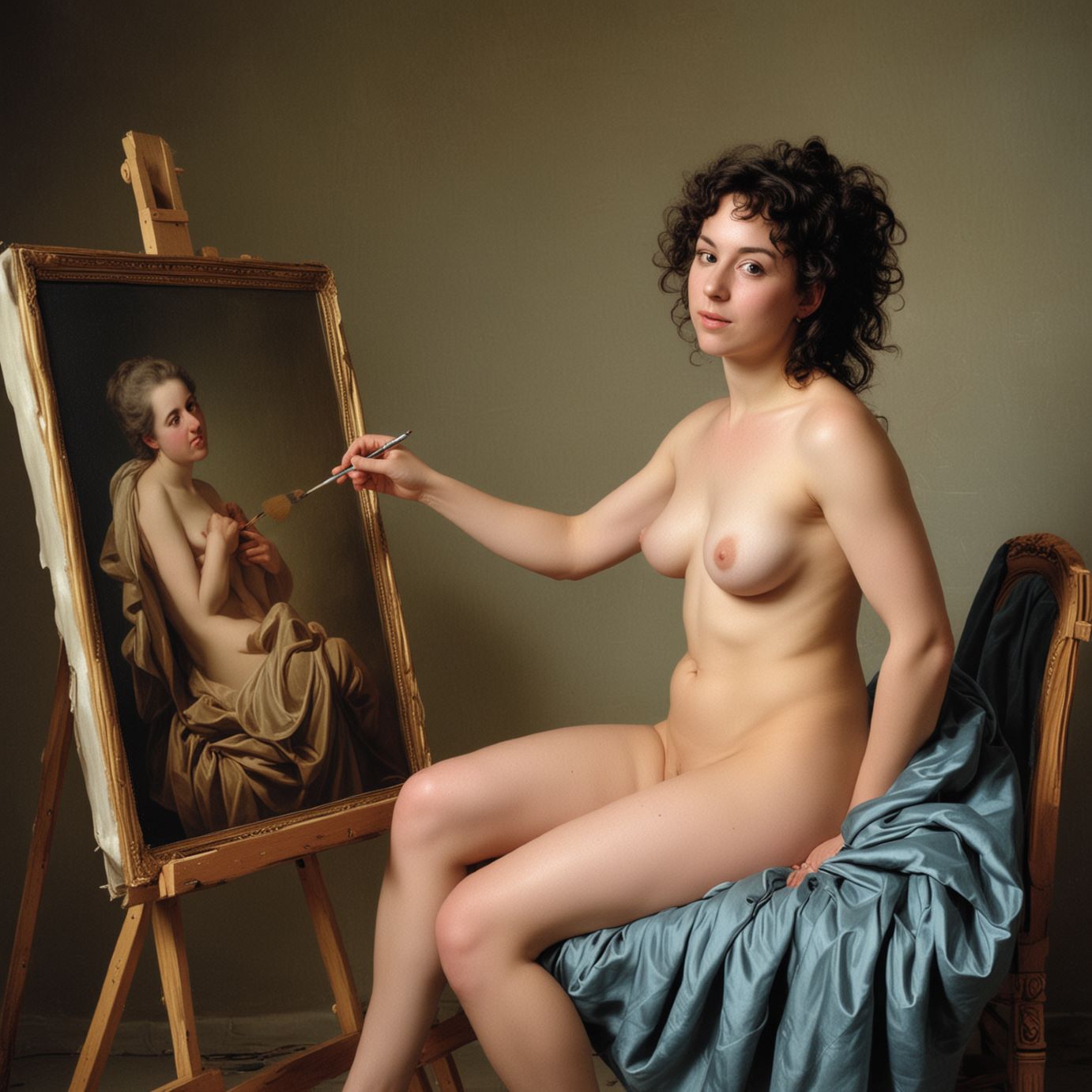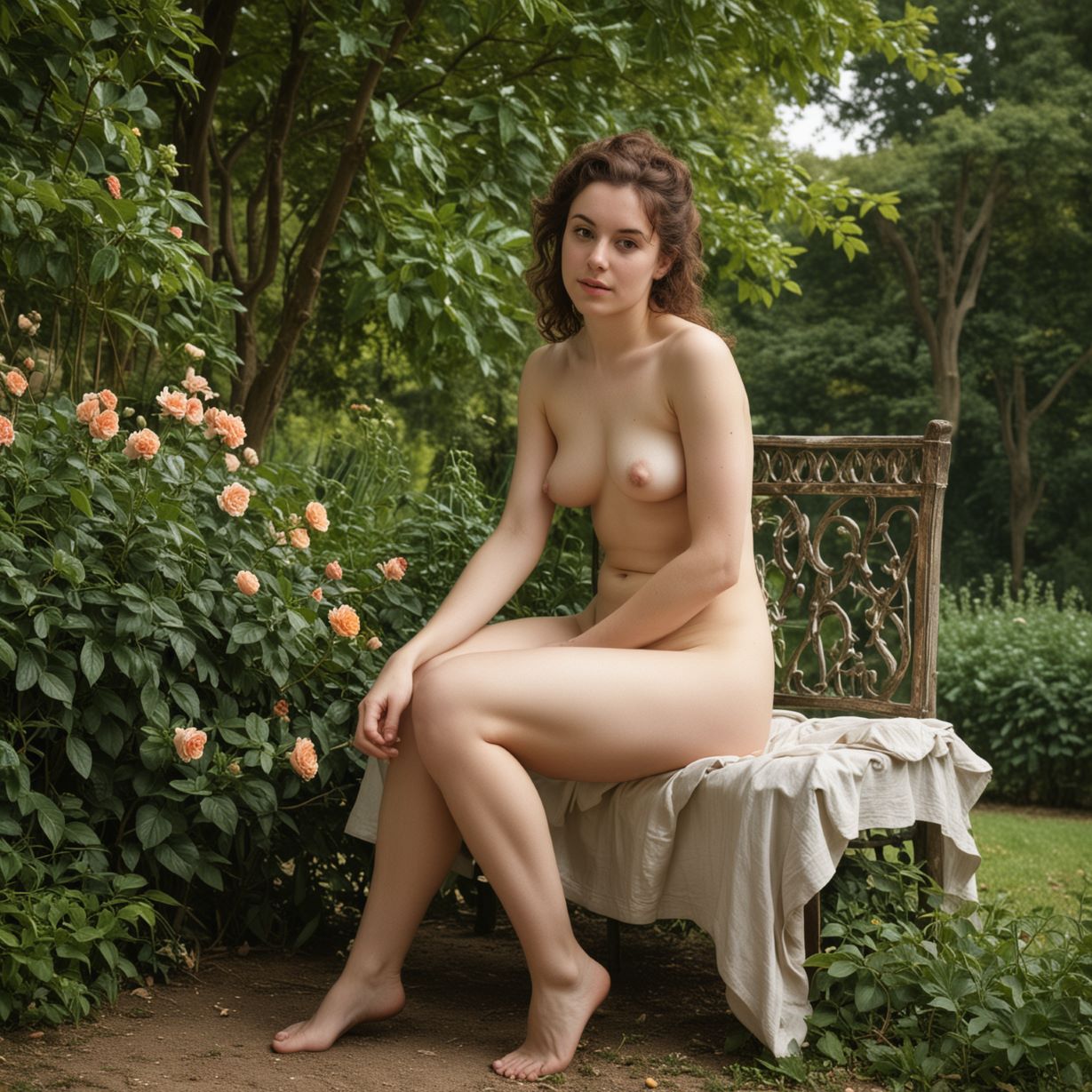 Élisabeth Louise Vigée Le Brun
Élisabeth Louise Vigée Le Brun
1755-1842
a French painter who mostly specialized in
portrait painting, in the late 18th and early 19th centuries.
At the age of 15, Vigée-LeBrun was earning enough money
from her portrait painting to support herself, her widowed mother, and
her younger brother. Trained by her father, the portraitist Louis
Vigée, she joined Paris’s Academy of Saint Luke at 19. Two years later,
she married Jean-Baptiste-Pierre LeBrun, a painter and art dealer who
helped her gain valuable access to the art world.
Vigée-LeBrun’s
talent helped her please even the most demanding sitters. She soon came
to the attention of the French queen, who in 1783 appointed her a
member of Paris’s powerful Royal Academy. As one of only four female
academicians, Vigée-LeBrun enjoyed a high artistic, social, and
political profile. Her profile grew too high, for once the French
Revolution came, she was forced to flee the country with her
nine-year-old daughter.
During the next 12 years the artist was
commissioned to create portraits of the most celebrated residents of
Rome, Vienna, St. Petersburg, Moscow, and Berlin. After brief, highly
successful stays in England and Switzerland, Vigée-LeBrun returned to
France for good in 1809. She divided the last 33 years of her life
between her Paris residence, where she held glittering salons, and her
country house at Louveciennes. Scholars estimate that Vigée-LeBrun
produced more than 600 paintings. Her memoirs, originally published in
1835–37, have been translated and reprinted numerous times.

 Élisabeth Louise Vigée Le Brun
Élisabeth Louise Vigée Le Brun Élisabeth Louise Vigée Le Brun
Élisabeth Louise Vigée Le Brun